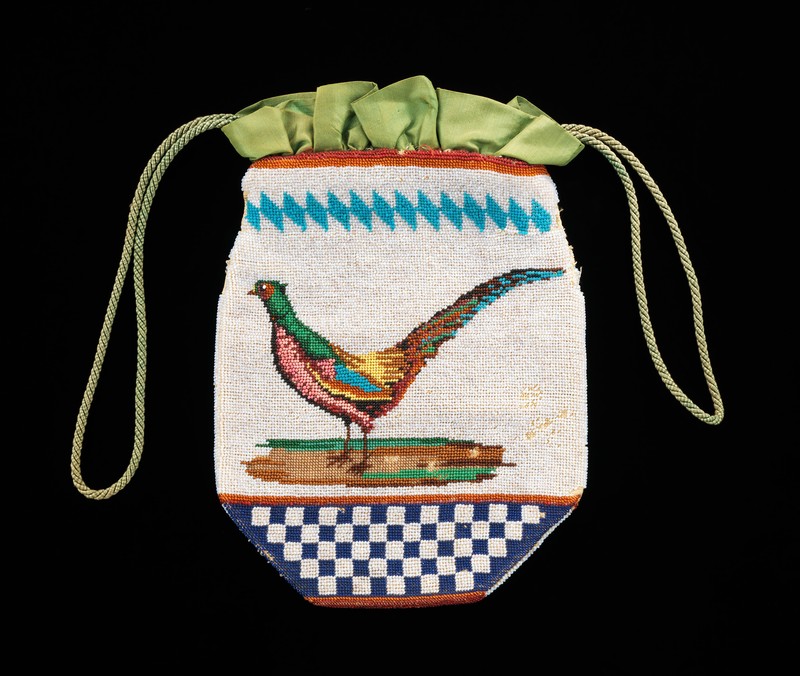Introduction
Crafts can be defined as handmade objects that require some degree of technical skill and aesthetic sensibility to create (J. Paul Getty Trust, n.d.). Within the confines of Western art, crafts have historically been viewed as less legitimate than “fine” art forms such as painting, sculpture, and drawing. As a result of colonization and globalization, the crafts of various cultures have also been commodified and marketed as souvenirs for the consumption of European and American tourists. Over time, tourism has even led artisans and craftspeople to adjust the original form and function of their crafts so as to appeal to tourists’ expectations and tastes (Swanson, 2012).
It’s in the Bag: Crafts as Cultural Commodities is a collection that explores the commodification of cultural crafts through the examination of bags that have been produced with the intention of being sold as souvenirs. The subject for this collection came about while I was browsing several museums’ digital collections for images of bags. I soon noticed some key connections between the bags that I found interesting: (1) the bags were created by members of a particular culture for tourists who were visiting a specific geographic location, (2) the name of artist or artists are unknown, and (3) the bags are “part of an esteemed collection that [often] refers to the travel experiences of the collector” (Hume, 2013, p. 6). These connections are what prompted me to assemble this collection. In the context of digital cultural heritage, this subject is important because it demonstrates how digital cultural heritage can be used to increase the public’s awareness of cultural objects. It should be noted that none of the bags that I selected are currently on view at their institutions. If these bags had not been digitized, then I would not have known about their existence. Although I found some of the object records to be lacking in contextual information, I still think the inclusion of these types of bags across a number of different digital collections is incredibly significant. Once the public is made aware of previously unknown cultural objects, more comprehensive conversations about art, history, and culture can be initiated.
References
Hume, D. (2013). Tourism Art and Souvenirs: The Material Culture of Tourism. Routledge.
J. Paul Getty Trust. (n.d.). Art & Architecture Thesaurus. https://tinyurl.com/39a49uh9
Swanson, K. K., & Timothy, D. J. (2012). Souvenirs: Icons of Meaning, Commercialization and Commoditization. Tourism Management, 33(3), 489–499.
This Omeka S site was created by Teresa Ferguson for INFO 684-01 Museum Information Management.
